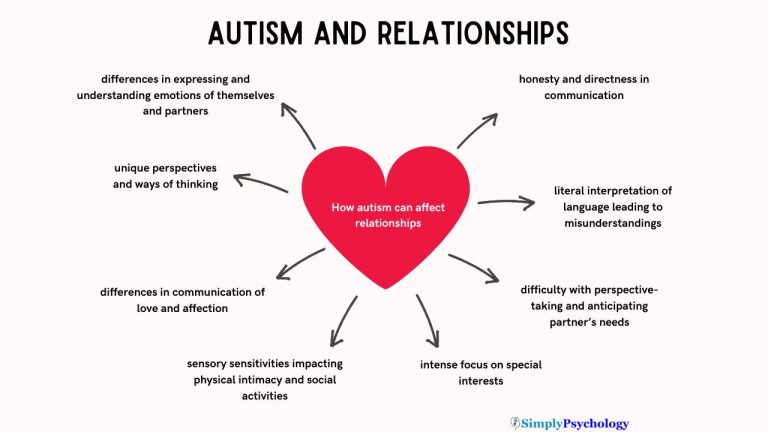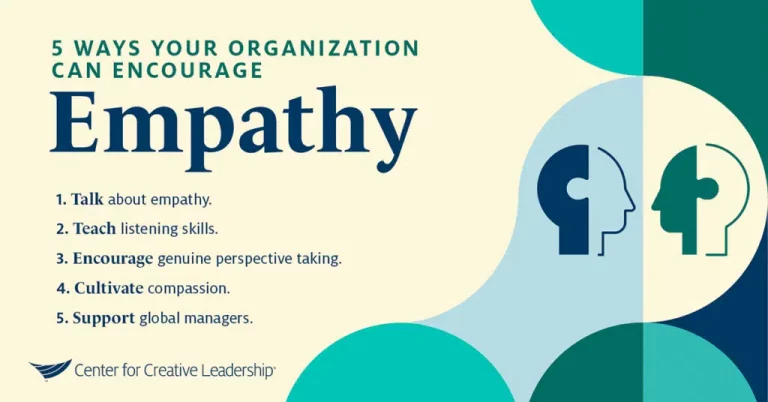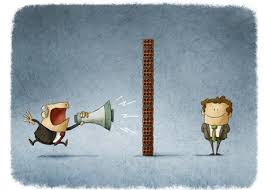What is Dynamic Communication?
Dynamic communication is the exchange of information that is lively, engaging, and adaptable. It involves effective and interactive communication that captures attention and enables effective understanding and response.
In today’s fast-paced and connected world, dynamic communication is crucial for successful interactions, collaborations, and relationships both in personal and professional settings. It allows individuals to effectively convey their thoughts, ideas, and emotions, while also actively listening and responding to others.
By creating a dynamic communication environment, individuals can foster creativity, build trust, and enhance the overall effectiveness of their interactions. Dynamic communication is not only about the words spoken, but also about the delivery, non-verbal cues, and understanding the needs of the audience. It enables effective persuasion, negotiation, and problem-solving, making it an essential skill in various aspects of life and work.

Credit: www.institute-for-competitive-intelligence.com
Understanding The Essence Of Dynamic Communication
Dynamic communication is the key to effective personal and professional relationships. It involves the exchange of ideas and information in a fluid and engaging manner. By understanding the essence of dynamic communication, we can enhance our interactions and connections with others.
In personal life, effective communication allows us to express our thoughts, feelings, and needs clearly, fostering deeper connections with loved ones. In the professional realm, dynamic communication enables us to collaborate efficiently, share ideas, and drive results. It helps build trust and rapport with colleagues, clients, and stakeholders.
Exploring the concept of dynamic communication helps us to develop better listening skills, adapt to different communication styles, and be more empathetic. By recognizing the importance of dynamic communication, we can nurture and strengthen our relationships both personally and professionally.
Key Factors For Effective Dynamic Communication
Effective dynamic communication involves key factors such as active listening, body language, and empathy. Active listening forms the foundation for dynamic communication, as it requires fully engaging with the speaker and understanding their words. Non-verbal cues, including body language, play a crucial role in conveying messages accurately.
The way we stand, gesture, and make eye contact can enhance or hinder our communication. Developing empathy and emotional intelligence enables us to better relate to others and respond empathetically. This, in turn, improves our communication by understanding others’ perspectives and emotions.
By incorporating these factors and skills into our communication, we can foster more effective and successful interactions with others.
Techniques For Enhancing Dynamic Communication Skills
Dynamic communication involves clear and concise articulation of thoughts and ideas, as well as active questioning to seek clarity during conversations. It also encompasses conflict resolution and negotiation strategies to ensure effective communication. By expressing thoughts and ideas in a concise manner, individuals can convey their messages more effectively.
Active questioning promotes a deeper understanding by encouraging others to clarify and elaborate on their perspectives. Conflict resolution and negotiation skills enable individuals to navigate difficult conversations and find common ground. These techniques enhance dynamic communication by fostering better understanding, reducing misunderstandings, and promoting effective collaboration.
By utilizing these strategies, individuals can become more adept at expressing themselves clearly and engaging in meaningful conversations with others.
Frequently Asked Questions
What Is The Most Common Form Of Dynamic Communication?
The most common form of dynamic communication is face-to-face interaction. In face-to-face communication, individuals can engage in real-time conversation, sharing thoughts, emotions, and nonverbal cues. This direct interaction allows for immediate feedback and enables people to build relationships and establish understandings.
Additionally, face-to-face communication aids in effective problem-solving and decision-making, as it promotes active listening and the ability to ask questions. It fosters trust and strengthens personal connections, making it an essential aspect of both personal and professional relationships. Face-to-face communication plays a vital role in various settings, including business meetings, interviews, social gatherings, and everyday conversations.
Why Is Communication Called Dynamic?
Communication is called dynamic because it is constantly changing and evolving. It involves the exchange of information, ideas, and emotions between individuals or groups. Dynamic communication is characterized by its fluidity and adaptability to different situations. It is a two-way process that requires active participation and understanding from both the sender and the receiver.
By being dynamic, communication can adjust to the needs and preferences of the participants, ensuring effective transmission and reception of messages. It allows for feedback, clarification, and the building of relationships. Dynamic communication enables individuals to express themselves, share knowledge, and collaborate with others.
Through dynamic communication, connections are formed, conflicts are resolved, and ideas are generated, contributing to growth and development in various personal, professional, and social contexts.
Who Is A Dynamic Communicator?
A dynamic communicator is someone who effectively conveys information with energy, confidence, and clarity. They engage their audience through clear and concise speech, nonverbal cues, and active listening. This type of communicator is skilled at adapting their message to different audiences and situations.
They possess strong interpersonal skills and are able to connect with others, building trust and rapport. A dynamic communicator is also able to articulate ideas and present information in a compelling and persuasive manner. They use words and visuals in a way that grabs and holds the attention of their listeners.
Overall, a dynamic communicator is a skilled and charismatic speaker who can effectively convey their message to others.
Is Dynamic A Characteristic Of Communication?
Dynamic is a crucial characteristic of communication. It keeps interactions active, engaging, and ever-changing. Communication doesn’t stay stagnant; it constantly evolves and adapts to different situations and contexts. By being dynamic, communication becomes responsive and flexible, allowing for effective exchanges of information between individuals or groups.
This dynamism enables people to adjust their communication styles, tones, and strategies to suit various audiences and objectives. Whether it involves verbal or non-verbal cues, dynamic communication ensures that messages are conveyed clearly, fostering understanding and connection. It allows for real-time feedback, active listening, and open dialogue.
This characteristic helps communication flow smoothly, promoting effective collaboration, problem-solving, and relationship-building. Embracing the dynamic nature of communication enhances its impact and effectiveness in different personal, professional, and social settings.
Conclusion
Dynamic communication is the key to success in today’s fast-paced world. By using various strategies, such as active listening, clear messaging, and adaptability, individuals and organizations can effectively convey their thoughts and ideas. This form of communication allows for the free flow of information and fosters collaboration and understanding.
It enables individuals to connect on a deeper level, building trust and stronger relationships. Whether it’s in business, personal relationships, or public speaking, dynamic communication leaves a lasting impact. As technology continues to advance, the need for dynamic communication will only increase.
The ability to effectively express oneself in an ever-changing digital landscape is crucial. By incorporating dynamic communication techniques into our daily lives, we can navigate through challenges, connect with others, and achieve our goals. It starts with active listening, being open-minded, and understanding different perspectives.
Dynamic communication is not only about what we say, but also how we say it. It’s about adapting to the needs of our audience and delivering our message with clarity and purpose. Dynamic communication is essential in building successful relationships, enhancing productivity, and fostering innovation.
By embracing this approach, we can unlock our full potential and create a world where everyone can express their thoughts and ideas freely. So let’s strive for dynamic communication and see the positive impact it can have on our lives.





